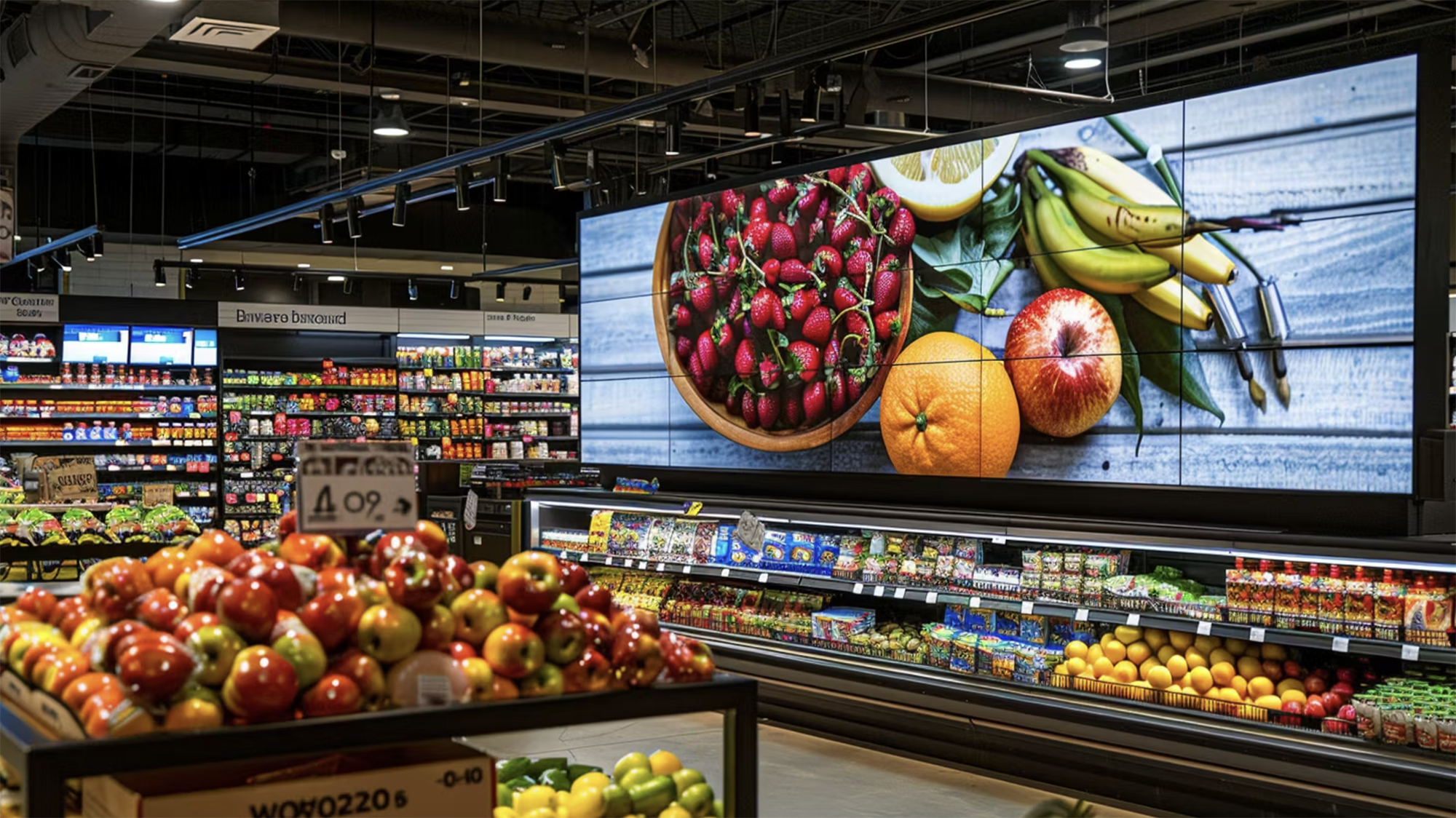Doppio Disruptor Series : How Grocers are Using AI to Drive Down Supply Chain Costs

At a Glance
- Online Profitability is difficult for grocers
- 90% grocers are dissatisfied and lose an average of 13 cents per order
- 89% of grocers believe fulfillment efficiency is the key to improving online profitability
- AI improves fulfillment processes through robotic picking, dynamic slotting and path planning, enhanced reliability, and predictive maintenance
- Explore five strategies for enhancing efficiency and reducing costs.
The grocery industry continues to evolve in the digital age, with grocers increasingly focusing on their online presence to meet consumer demands. However, achieving profitability in the online grocery sector remains a significant challenge. Balancing the costs of delivery, maintaining efficient logistics, and ensuring competitive pricing are just a few of the hurdles grocers face as they strive to create a sustainable and profitable online business model. Grocers face a conundrum: while online sales are increasing, almost 90% of grocers are dissatisfied with their online profitability, losing an average of 13 cents per order.
The best way to improve profitability? Improving fulfillment efficiency – according to 89% of grocers who identify that as their biggest profitability lever. AI is transforming fulfillment processes by introducing efficiencies that were previously unattainable at scale.
Proven Tactics for Enhancing Efficiency, Reducing Costs, and Driving Growth
Here are 5 ways grocers are using AI to improve their fulfillment and achieve online profitability today:
Robotic Picking Unlocks End-to-End Warehouse Automation
Traditional automated storage and retrieval systems still depend on manual picking at Goods-to-Person stations, limiting labor savings and increasing errors. Advances in AI and machine vision now allow robots to pick 80-90% of grocery and CPG items without prior training, including fragile items like eggs or glass jars. Retailers like The Feed are adopting AI-picking robots to fully automate fulfillment, maximizing labor and cost savings.

Dynamic Slotting and Path Planning Improve Picking Efficiency
Grocers face high throughput demands, especially during peak hours. AI enhances dynamic slotting and path planning by monitoring real-time demand signals and repositioning inventory for accessibility. AI also optimizes path planning by coordinating all agents' movements, eliminating traffic jams and delays. This speeds up order picking, reduces costs, and helps grocers meet daily demand more effectively.
Enhanced Reliability and Error Reduction Improve Uptime
Automated systems can experience occasional errors, leading to significant operational delays. AI improves reliability by monitoring systems continuously. For instance, Brightpick’s mobile robots use AI to ensure totes are always evenly distributed on shelves, guaranteeing the reliability of tote loading and unloading in warehouses with uneven floors. Predictive maintenance uses data inputs to anticipate equipment failures or maintenance needs, preventing small issues from escalating.
Improved Inventory Tracking Lowers Costs and Enhances Customer Service
With a 2.1% industry-average substitution rate, 2 out of 3 e-grocery customers receive a different item than ordered. Automation and AI improve inventory control by creating digital twins of warehouses, with real-time inventory tracking ensuring customers never order out-of-stock items. AI and predictive analytics also help optimize inventory levels, reduce overstocking costs, and prevent lost revenue from stockouts.
Enhanced Route Optimization and Van Loading Improves Last Mile Efficiency
Last mile delivery costs are a significant challenge for grocers, as consumers demand fast delivery but are often unwilling to pay extra. Grocers like Walmart use AI to optimize delivery routes, reducing miles traveled. AI also improves van loading efficiency. For example, Rohlik Group uses AI robots from Brightpick to automate dispatch, with robots delivering orders to drivers in the exact sequence they will be delivered to customers. This speeds up van loading and order delivery, cutting last mile costs, one of the largest operational expenses for e-grocers.
AI is the Future
Leading grocers such as Walmart, Rohlik Group, and Knuspr are using AI today to improve supply chain performance and reduce costs. Delaying investment in AI and automation means risking being left behind while competitors reap the benefits of enhanced efficiency, lower fulfillment costs and improved customer service.


.png)





.png)


